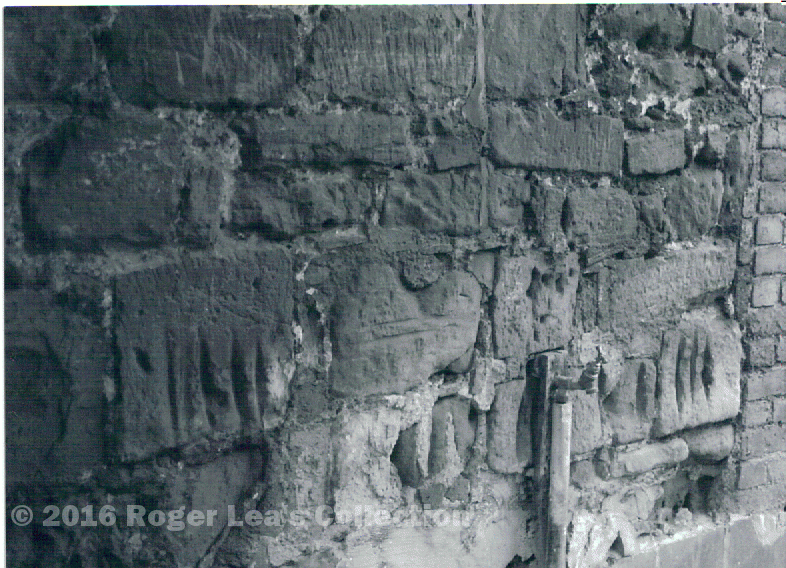The Victorian Rector of Sutton Coldfield, the Rev. W.K.Riland Bedford, was an antiquarian. His History of Sutton Coldfield is a standard work, but his other books, Blazon of Episcopy and The Woodmen of Arden are rarities. The Woodmen of Arden is an account of an exclusive archery club, but Riland Bedford recognised that “bows and arrows in the hands of ladies or of elderly gentlemen” were but a poor reflection of the “exploits ascribed to the bowmen of old”.
The yeomen archers of England were instrumental in victories over the French in the battles of the Hundred Years War, King Henry V in particular having a strong contingent of Warwickshire bowmen. Successive Earls of Warwick were lords of the manor of Sutton Coldfield, and Sutton men were no doubt among the archers at the first battle of the Wars of the Roses, when the bowmen of Richard Neville, Earl of Warwick, put the Lancastrians to flight at St. Albans in 1455.
In the sixteenth century all able-bodied men in England were required by law to keep up their archery skills - at the Sutton Coldfield manorial court of October 1548 the constable was “ordered to superintend the archery practice of the bowmen according to the terms of the Statute in force, and to see that the common archery butts are kept in good order.” The whereabouts of these butts is not known - Riland Bedford thought they may have been at a place called Hammonds Budds off Lindridge Road, but a more central location seems likely if competitions were held at the annual fairs. At later courts the constable was required “to set up the archery butts before the feast of the Ascension of our Lord next to come” (1549) and “to set up the archery butts before the 3rd May next to come” (1552), no doubt to ensure that they were in good order for the Trinity Fair.
The practice arrows were used over and over again, and the arrowheads often needed sharpening. Experience showed which were the best sharpening stones, and use over many years left grooves where the stone was worn away. The grooved sharpening stones at Middleton are on the outer wall of the church, while the ones in Sutton are beneath the archway at No. 5 Coleshill Street.
